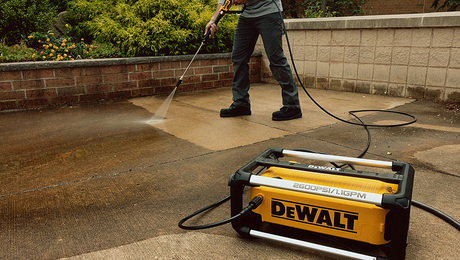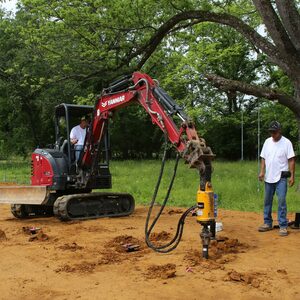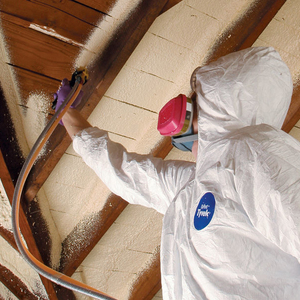Relative cost 2nd story vs ground level addition?

I’m trying to sort out what the approximate cost differential might be of adding a second story addition (400 sq ft) versus a ground level addition of exactly the same size.
The ground level addition would physically tie into the existing house possibly eliminating one wall but would require: a 4/12 roof, a foundation, and possibly a variance on setback from the planning & building dept.
The second story addition would require: demo of the current roof, building a new roof, 4 walls, a stair, and no variance from planning & building (= less hassle), and possible beef up of 1st floor ceiling joists to carry 2nd story live load (no biggie IMO).
The way I currently see it is that if code doesn’t let me tie into the current structure to use the existing wall as load bearing for the addition, then the number of walls will be the same and the new roof(s) will be the same so material costs would be a wash except for the stairs. Labor cost would be a little higher for the 2nd story due to the roof demo.
The ground level addition would require a foundation and possibly a variance process which will devour $$$ too.
Am I looking at this correctly, that the second story addition would be less expensive & less hassle with city hall?
Ken



















Replies
It's not a given that the existing foundation could handle a second floor.
Less hassle with city hall maybe, less expensive not that easy. Working at heights is always more costly. The demo on a job like that will eat up cash in labor, area protection and dump fees. In most cases it is cheaper to out than up.
One should be sure to check that the height of the structure does not exceed code/deed restrictions/etc. The addition could be shorter than a neighbor and still run afoul of a restriction due to how the ground lays, or how close to a property line.
Dan,
Thanks for the replies. We have a 35' height limit in the single family residential zoning area that my house is in and since the topography is flat as a pancake, there should be no problems but I'll certainly double check.
I had not thought that the existing foundation might not be able to support a second story. Is there a no or low cost way of checking that out without having to pay an engineer to do a formal report on it?
Ken
There's no really good way to know if the foundation is adequate without a little engineering (which may involve excavating a footing to see how large/deep it is). It basically depends on the width of the footing and the load-bearing capacity of the soil. (Though if the soil's caliche then you're probably good to go.)
On that note, adding over and to the side allows you to strengthen the foundation on only one side of the house, and support the other with piers.
Dan,
The existing foundation is a slab on grade, does that make any difference? Being about a mile from Corpus Christi bay (Gulf of Mexico) means there is a concentration of sand in the soil, but there is loam & clay as well which makes for excellent agriculture with many farms.
Ken
Chuck,
Thanks for the reply. I had always thought that out was cheaper than up too and was surprised to arrive at the opposite conclusion stated above. That's why I decided to ask for opinions. Thanks for yours.
Perhaps I should get a real quote to put in the foundation for the addition and to double check with building & planning about the possibility of a variance before I get to tied up with one direction over the other. Building on the ground is definitely easier as you point out and I'm sure I jumped over the delays that come with building in the air.
Ken
You pose the question: Should I build up OR out?
I say: Build up AND out!
I live in SoCal, and we get our share of direct heat from the sun too. We also are pretty constrained in our yardspace here, which is a problem you may not have. Often people sacrifice their alreay minimal yardspace for a 1st floor addition. I was lucky to buy a house that had a much more creative addition.
The house was originally a 4 bedroom ranch with an attached garage, the garage making the foot of the"L" shape of the house. The previous owner added a 16'x33' addition, over and next to the house. It shares the existing outside top plate of one wall on the original house beddrooms, and one gable end (the 16' dimension) rests on the garage top plate. The covers the upper right open space of the "L" shape, making it a 16'x33' covered patio.
This sacrificed one bedroom on the downstairs, to make way for the stairway, but there are now two new larger bedrooms upstairs with an extra full bathroom. I've attached some pictures and a floor plan to illustrate.
House_plan3.pdf is the overhead floorplan, the blue is the original 1st story, the brown is the new 2nd story addition, over and next to the 1st story.
P1010121_2.JPG shows how it looks from the back at the moment. One problem with this design is that it creates a dead valley, my project now is to correct that which leads me to the last pics.
P1110929small.jpg is the before and P1110931small.jpg is the after I intend to do to to correct that dead valley.